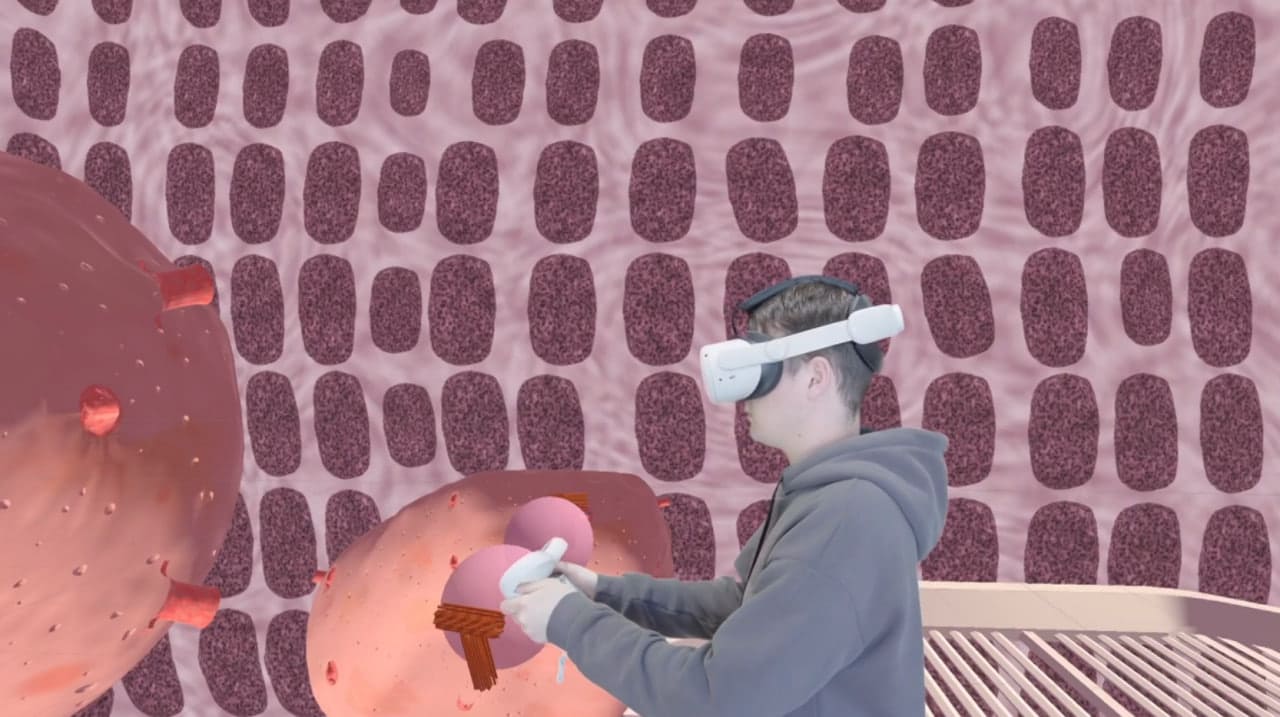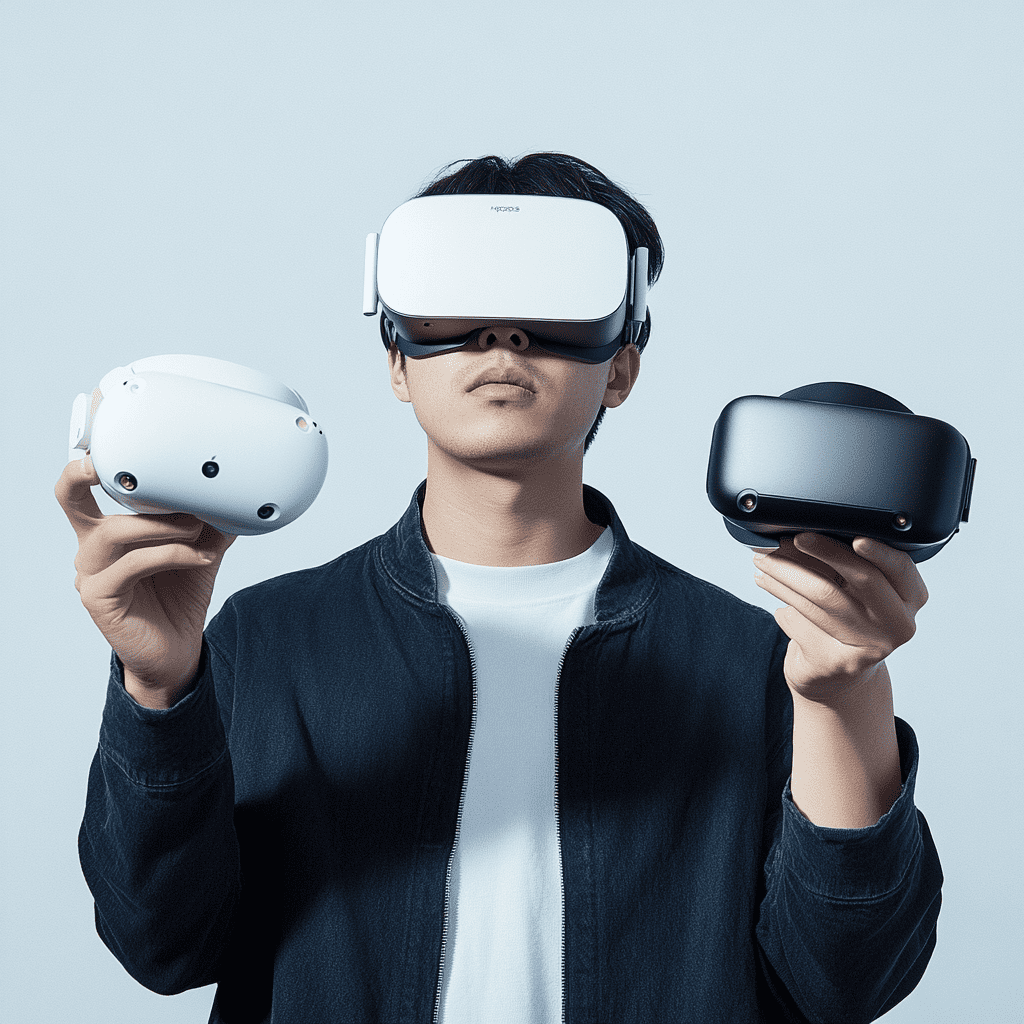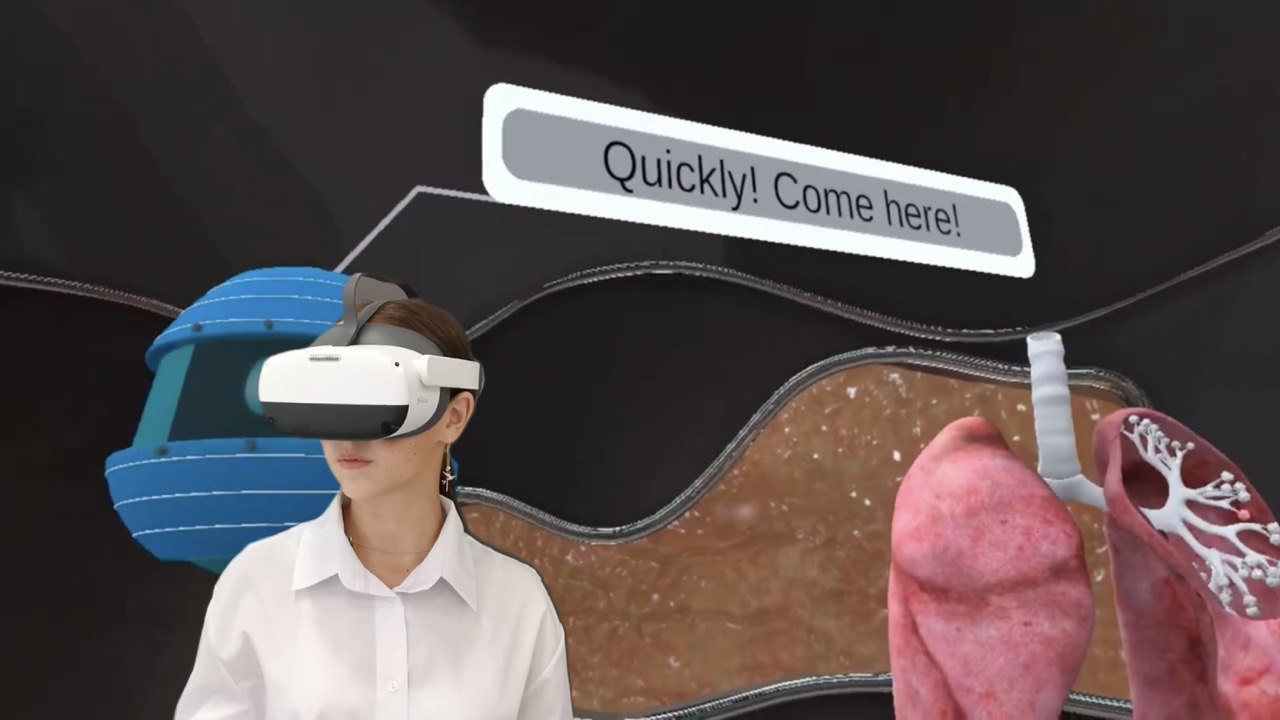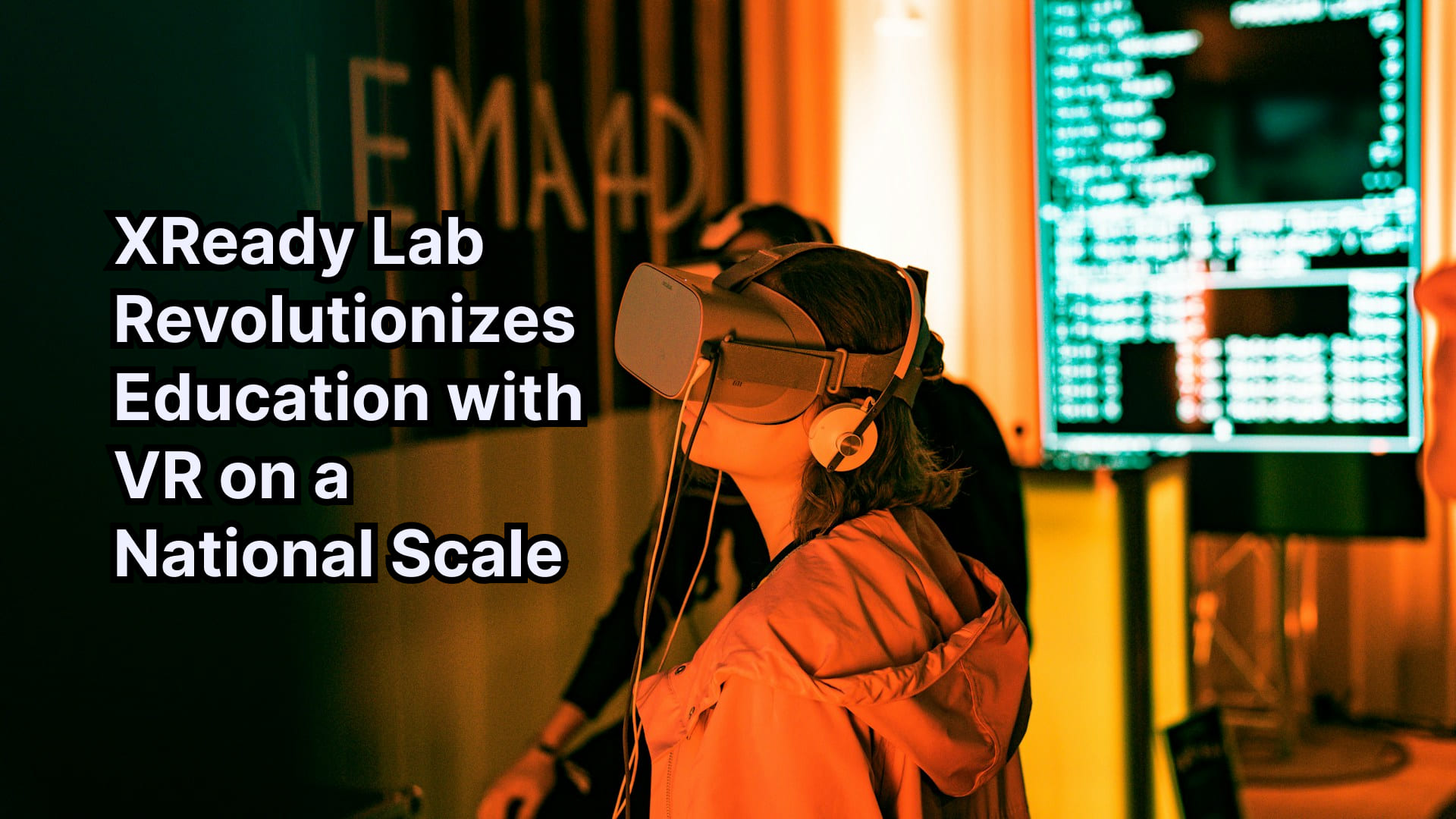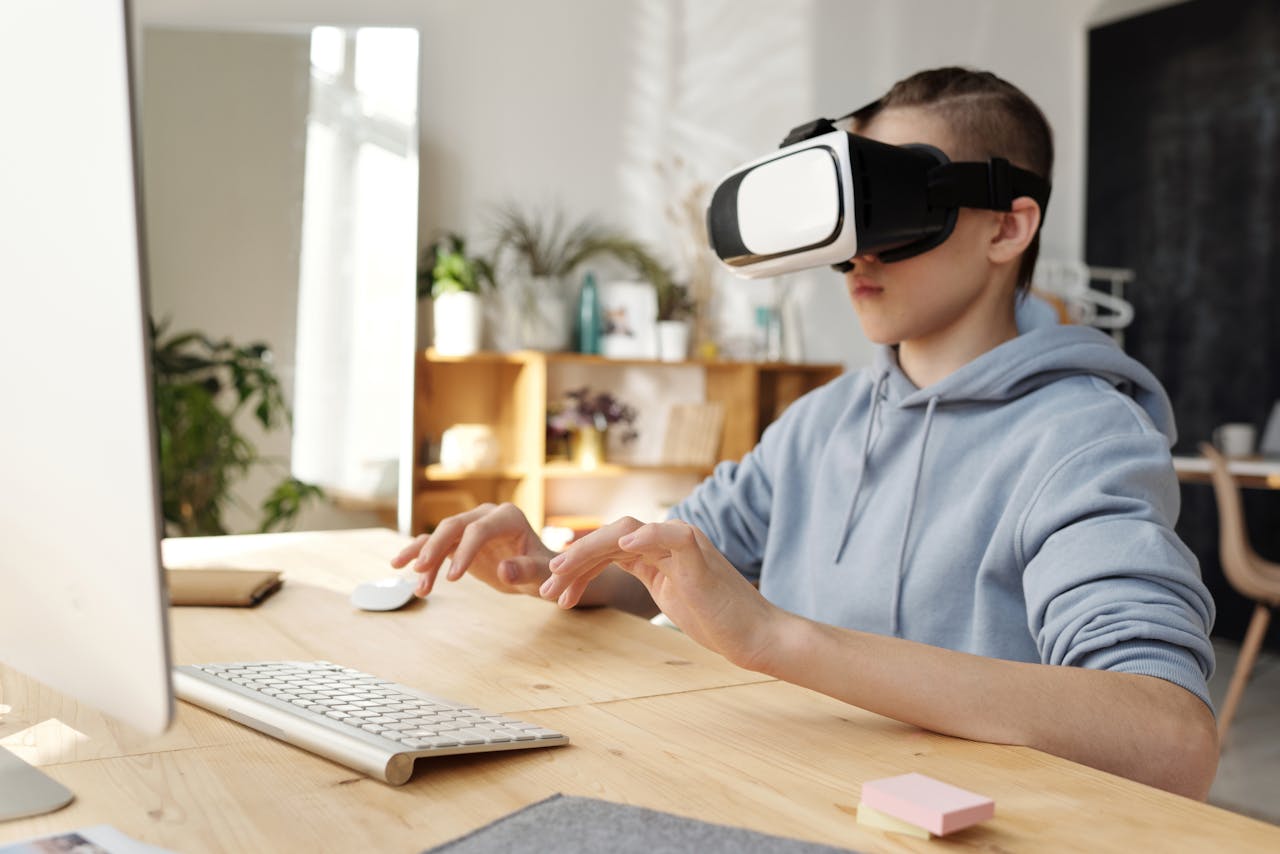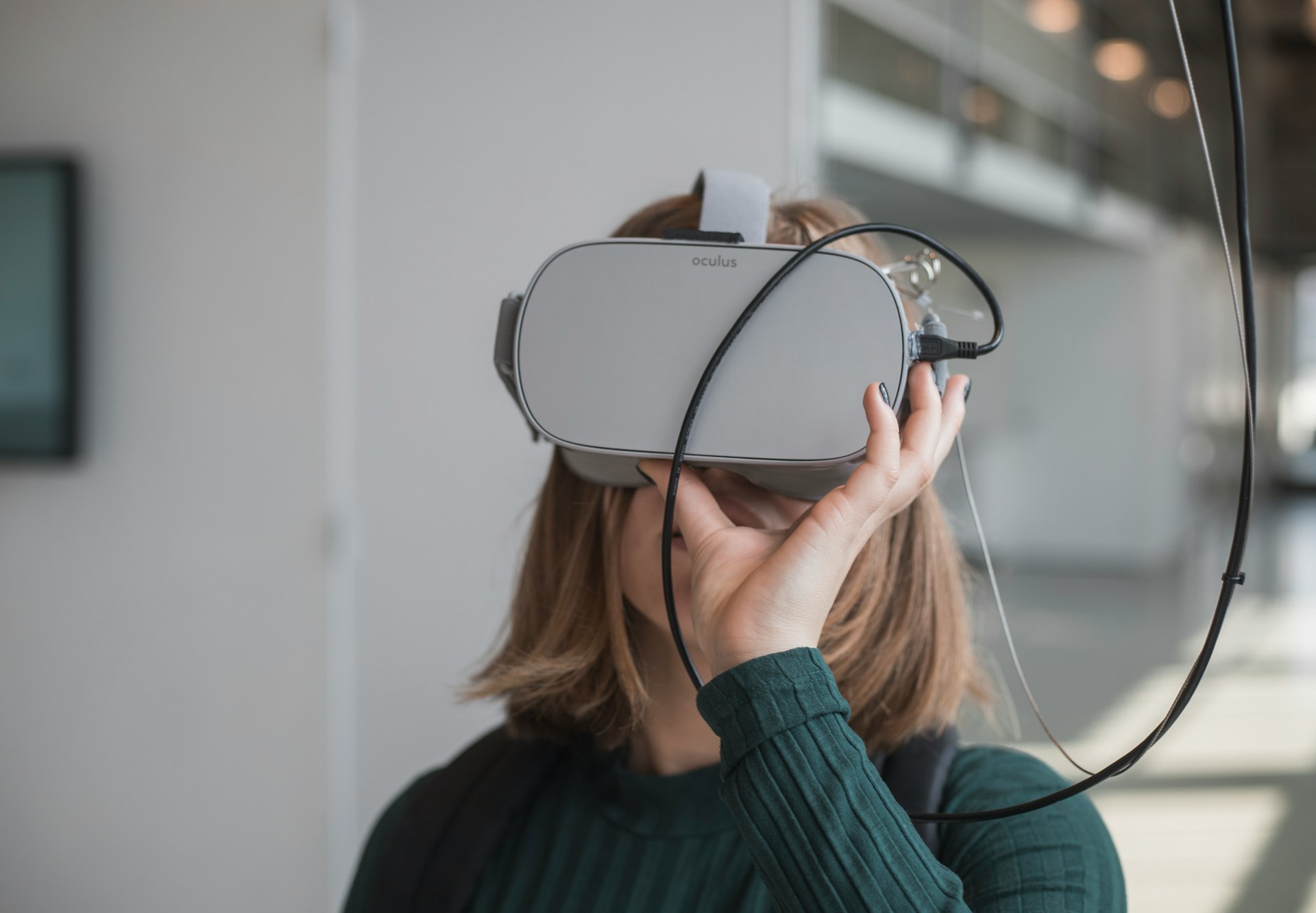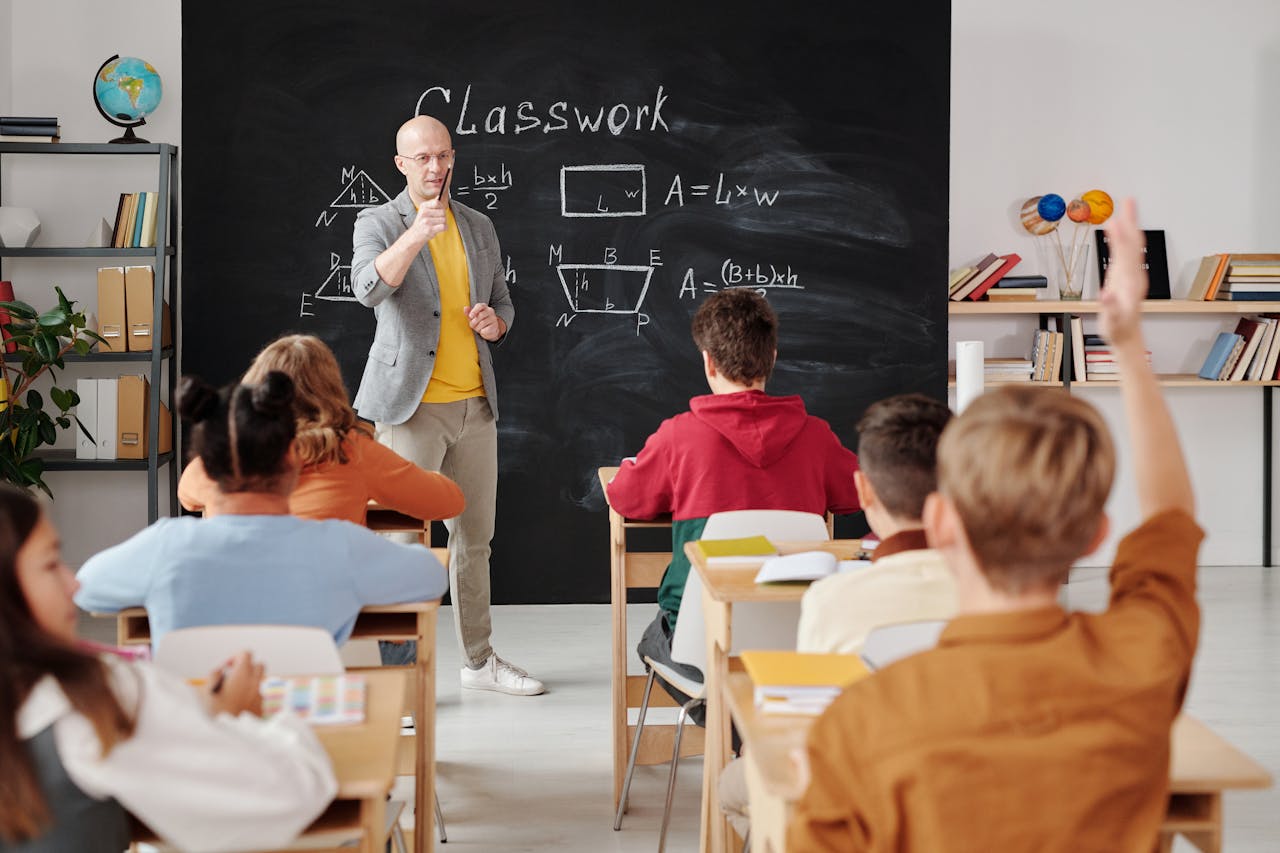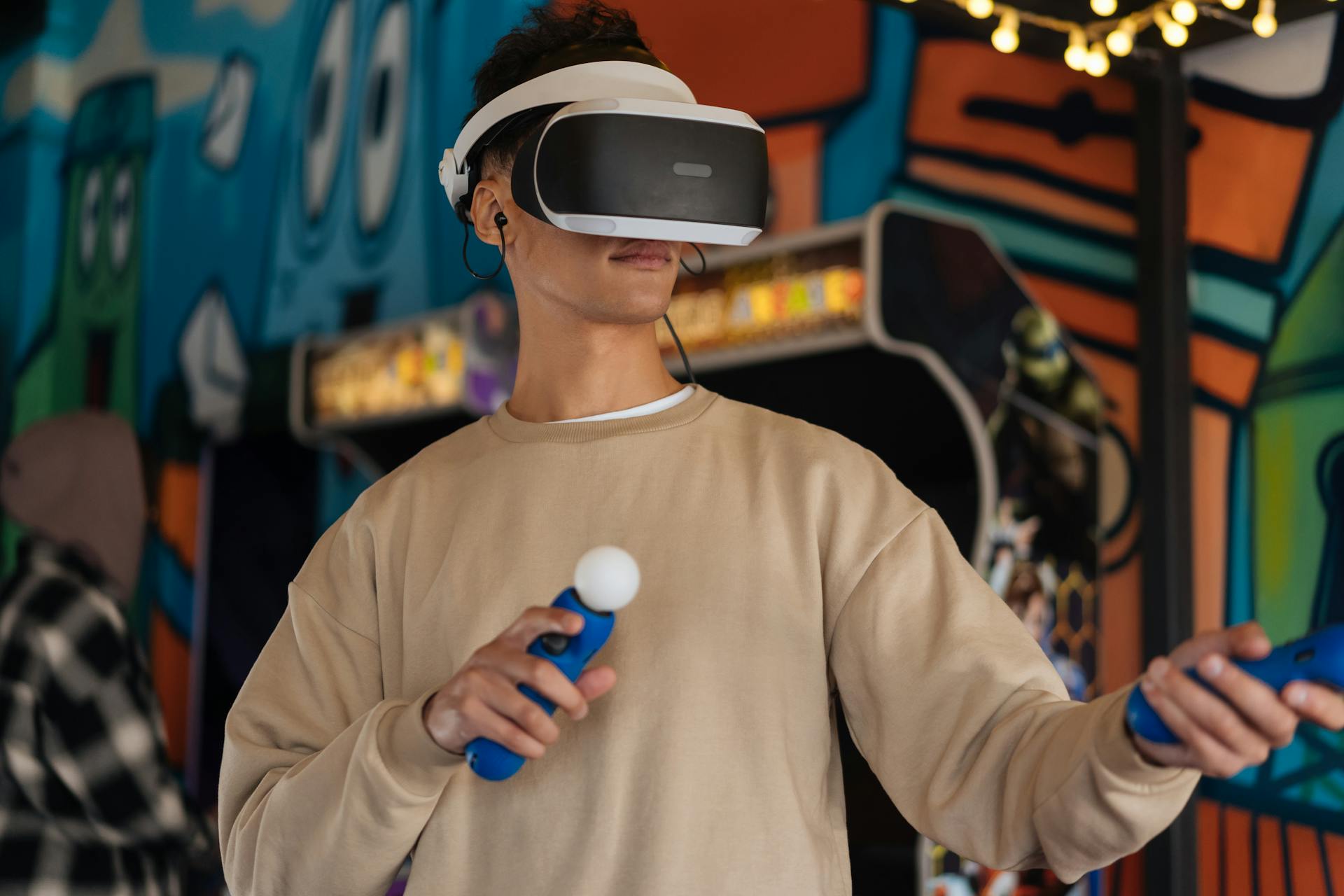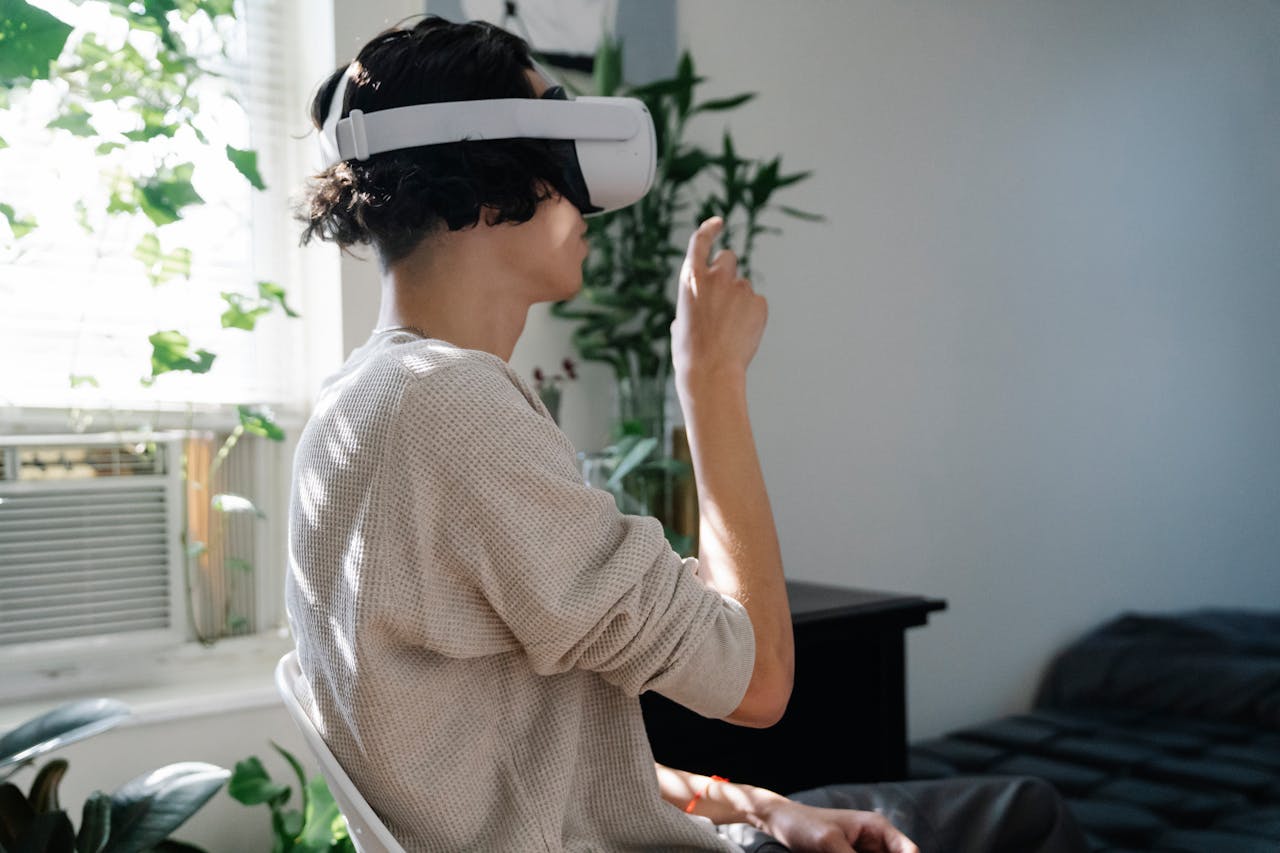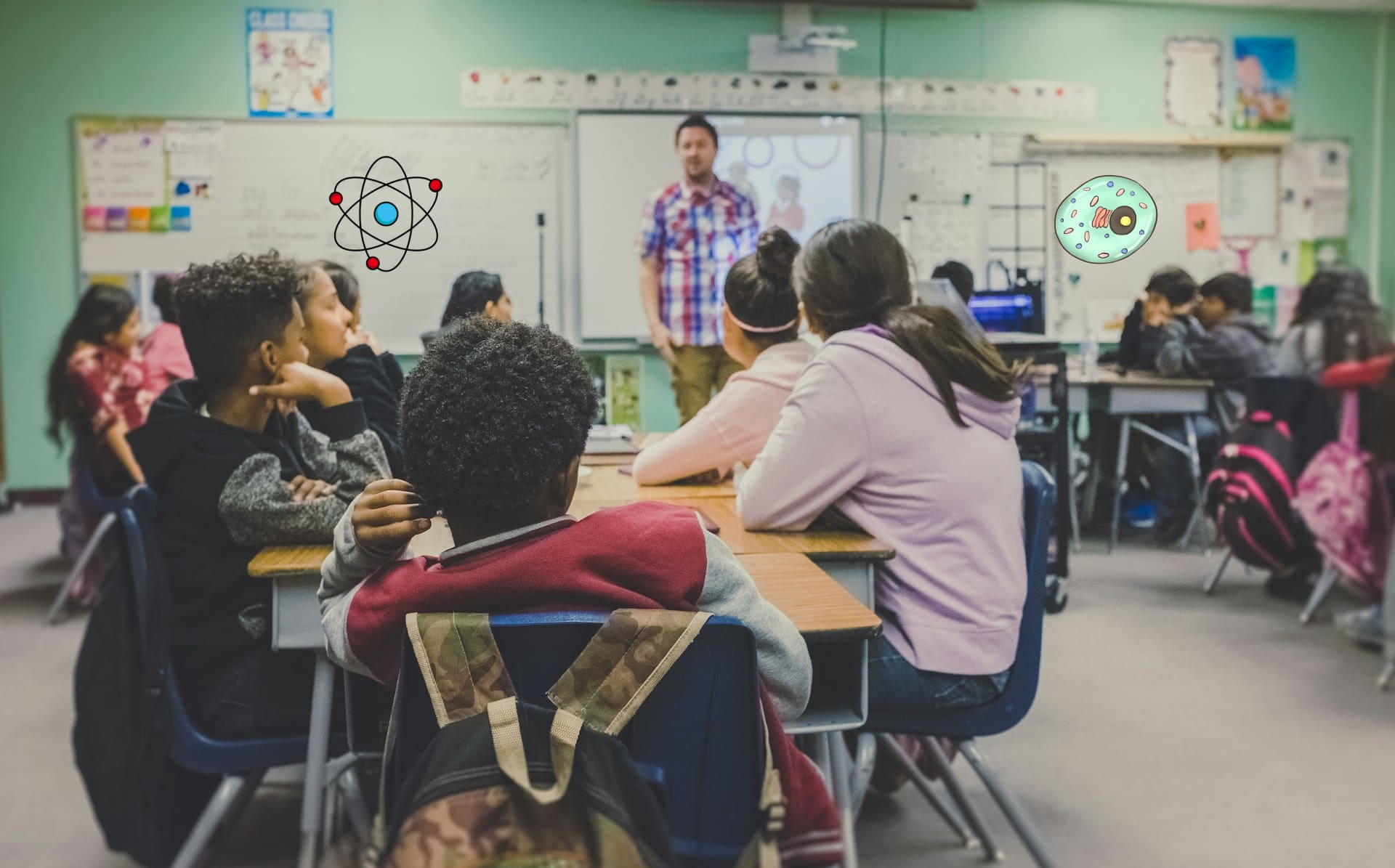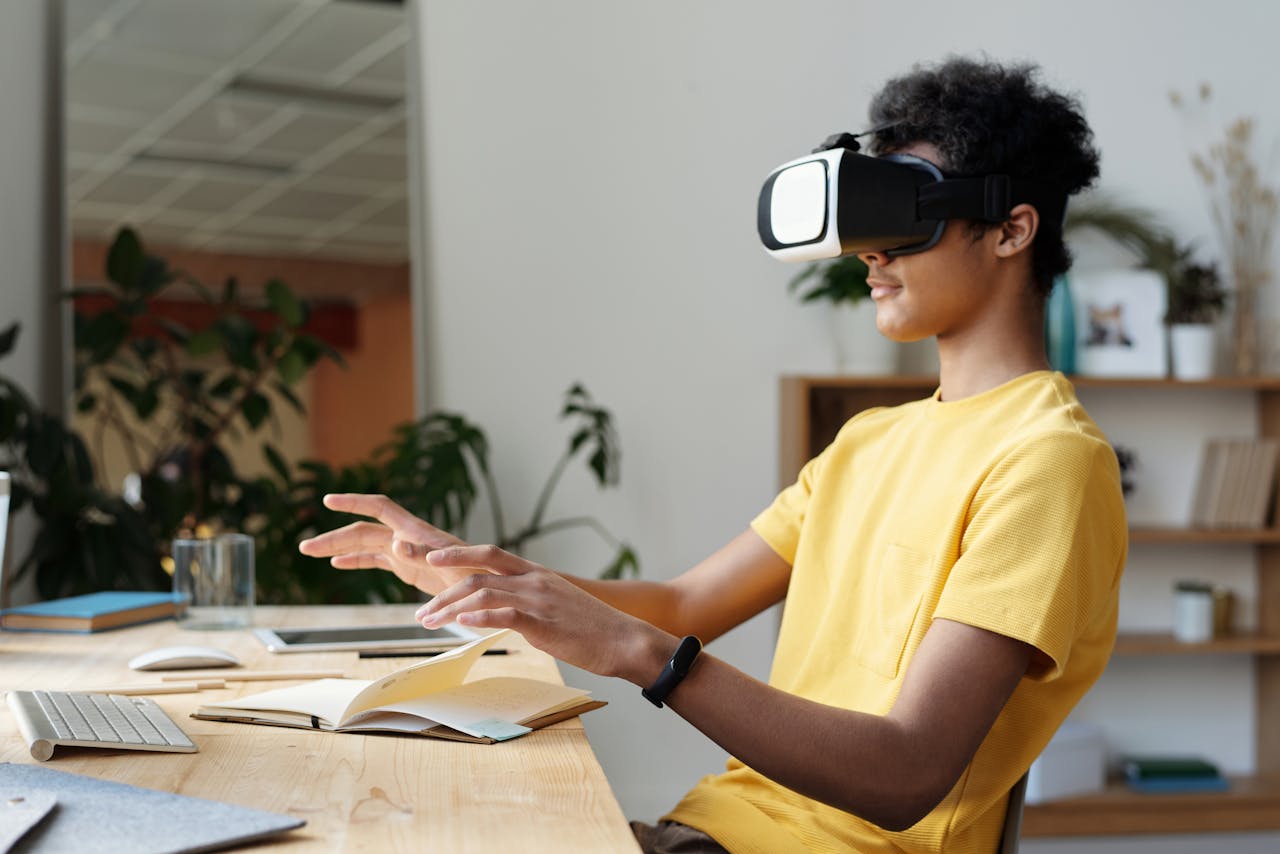
The 21st century is ushering in a wave of innovations in education, with vr education apps emerging as transformative tools for school curricula. While vr education software brings numerous benefits to various subjects and offers students engaging, immersive experiences, it's crucial to remember that teachers remain the linchpin of effective education. As we introduce new technologies, our focus must be on empowering educators and simplifying their work, not complicating it.
The Promise of VR in Education
How can VR be used in education? The technology offers unprecedented opportunities for interactive learning:
Immersive experiences that bring abstract concepts to life
Safe virtual environments for complex school experiments
Engaging simulations that enhance student participation in practical lessons
Ready to revolutionize your classroom? Get instant access to our free VR education apps now! Click here to request your demo and start transforming your lessons today.
Addressing Teacher Concerns
Despite the advantages of VR, many teachers have valid concerns about implementing vr education services:
Maintaining control over the school lesson
Managing the educational process effectively
Ensuring technology enhances rather than hinders learning
These concerns underscore the need for a robust VR lesson management system that puts control firmly in the hands of educators.
ArborXR: Empowering Teachers in VR Classrooms
[caption id="attachment_833" align="alignnone" width="1024"] ArborXR mainpage[/caption]
ArborXR has emerged as a leader among vr education companies, providing solutions that address these concerns. Their software allows teachers to control all VR devices in the classroom from their own computers, ensuring a seamless integration of technology into science lesson plans.
Recent Developments
In a significant move that underscores the growing importance of VR in education, ArborXR recently secured $12 million in Series A funding. This investment will be used to further develop and scale their platform, enhancing their ability to support vr education services.
XReady Lab and ArborXR: Partnering for Educational Excellence
As a leading vr education company, XReady Lab is proud to announce our involvement in the world's largest XR education project to date. This groundbreaking initiative includes:
700 Belgian schools equipped with turnkey technology solutions
150,000 students gaining access to cutting-edge vr education apps
Comprehensive support for schools to integrate XR technology
In this project, ArborXR is providing the Lesson Management System, a sophisticated platform that enables teachers to:
Remotely manage VR devices
Deploy educational content seamlessly
Control student interactions within the VR environment
This robust system ensures that teachers remain in command of the learning experience, addressing key concerns about classroom management in VR-enhanced settings.
XReady Lab: Revolutionizing Science Education
[video width="1920" height="1080" mp4="http://xreadylab.com/wp-content/uploads/2024/08/VID_20230907_154544-2.mp4"][/video]
As content providers for this landmark project, XReady Lab is delivering immersive vr education games for biology and physics. Our applications offer students unique opportunities to engage with complex scientific concepts:
Gas Exchange (Biology): Students explore the human respiratory system in real-time.
Solar System (Physics): Learners travel through space, experiencing different gravitational forces.
Mitosis (Biology): Witness cell division up close, with the ability to pause and examine each stage in detail.
These VR education apps are designed to complement existing science experiment lesson plans, providing safe, interactive environments for virtual school experiments.
The Impact on Science Education
By integrating our VR simulations into their lesson plans, teachers can offer students:
Safe virtual experiments that might be dangerous or impossible in a physical lab
Interactive 3D models that make abstract concepts tangible
Engaging school lesson pro games that make learning fun and memorable
This approach is revolutionizing what is a science lesson, making complex topics more accessible and engaging for students of all learning styles.
How is VR Used in Education?
[caption id="attachment_717" align="alignnone" width="1024"] XReady Lab Cell Division - Mitosis VR Lab[/caption]
VR in education offers numerous benefits:
Immersive learning experiences
Enhanced student engagement
Improved retention of information
Development of critical thinking skills
Preparation for future tech-driven careers
These advantages make VR an invaluable tool for creating effective science lesson plan strategies and enriching secondary school experiment ideas.
What Are Some Practical Reasons for Learners to Participate in the Lesson?
VR provides compelling reasons for student engagement:
Hands-on interaction with complex concepts
Safe exploration of otherwise dangerous environments
Personalized learning experiences
Immediate feedback and assessment
Collaboration opportunities in virtual spaces
Join the VR Education Revolution
The success of this large-scale initiative in Belgium demonstrates the transformative power of VR in education when combined with effective management tools. As trusted partners in this educational revolution, XReady Lab and ArborXR are at the forefront of creating VR experiences that not only engage students but also empower teachers.
We invite educators worldwide to experience the power of our VR simulations firsthand. Visit our demo request page to try our free vr education apps and see how they can enhance your science lesson plans.
Conclusion: A Bright Future for VR in Education
The collaboration between XReady Lab and ArborXR in this groundbreaking project marks a significant milestone in educational technology. As we prepare to launch our simulations in Belgian schools for the upcoming academic year, we're excited about the potential to expand this model globally.
By embracing VR technology in education, while ensuring that teachers remain in control, we're not just changing what is science lesson – we're preparing students for a future where digital literacy and technological fluency are crucial skills. Join us in revolutionizing education and unlocking the full potential of every student through the power of immersive, teacher-led learning.
